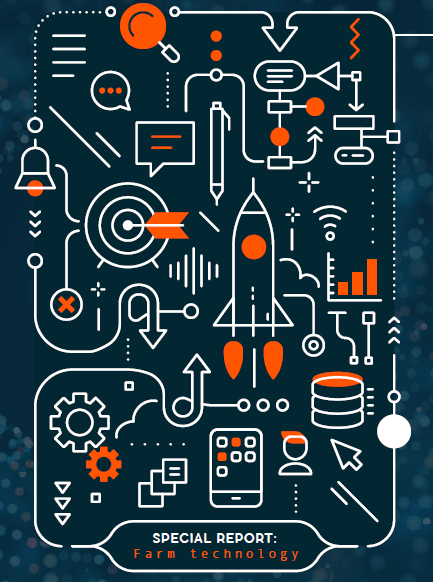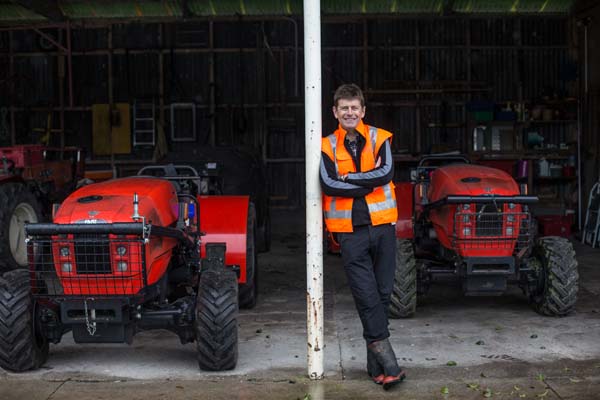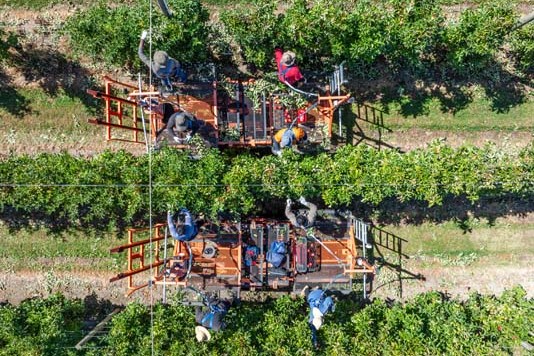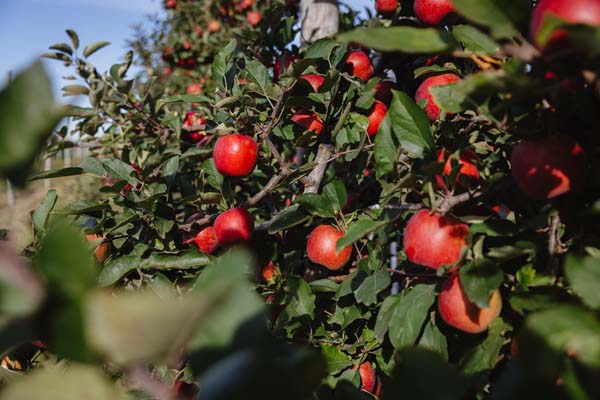Use of cow collars on South Island dairy farms has soared as farmers recognise the many benefits. By Karen Trebilcock.
 The number of cows wearing Allflex collars “exploded” last year and 2023 is looking even better, Allflex South Island sales manager Laura Christensen says.
The number of cows wearing Allflex collars “exploded” last year and 2023 is looking even better, Allflex South Island sales manager Laura Christensen says.
“We know around 12% to 13% of dairy farms in New Zealand have monitoring devices on them and of that we know, based on the recent market research we have conducted, around 67% of the cows on those farms are wearing Allflex collars. We’re certainly market leaders in this space,” Laura says.
“I can see a time when 70% to 80% of cows will be wearing a monitoring device of some sort.
“It’s certainly the hot topic of dairying at the moment.”
In the South, the Waitaki Region was an early adopter, but Southland and Canterbury were now catching up fast with record installation numbers for 2022.
Up to six months ago, inquiries used to be seasonal but now they are constant.
“They didn’t stop at all through mating last year. Usually they would be pre-calving and pre-mating and pre-drying off but now they just keep coming.”
The change was partly because farmers now understood they were not just for detecting mating heats.
“Many farmers want them for health monitoring, especially when they’re changing nutrition.
“The information the collars give at drying off, when cows are transitioned and managed on to crops is very, very good as they can pick up acidosis and ketosis in animals very quickly. Farmers also want the collars for springer management.”
Laura says many vets are using information from the collars to diagnose problems, for individual cows as well as whole herds.
“We’ve got vets running discussion groups for farmers whose cows have the collars but also they’re picking up things like a cow with a twisted gut early enough so there is actually time to do something about it, before it’s too late.
“And then they can monitor that cow’s recovery using the system in their own office or wherever they are.
“We’re hearing farmers are ringing their vets because they have a cow showing up with a health report but they can’t see anything wrong with it. The vet can use the information to start figuring it out.
“Vets are also building non-cycling plans for farmers around the information from the premating heats of a herd.”
The success of the Allflex collars was also because they had good support systems for when technical issues arise, she says.
“In Southland and Otago, where I’m based, it’s from Nind Dairy Services, and they can be reached 24/7. They’re just amazing. And that’s been part of the reason why farmers are wanting the collars.
“It’s not just about buying them and putting them on the cow. It’s about all the services and aftersales care that are offered with them.”
The fast rise in the number of cows using collars had surprised her but was understandable.
“I remember when electronic drafting gates were a massive thing for farmers to have and then there were milk sensors which have seen a good uptake in the last 24 to 36 months too.
“Now we’ve got farmers who still don’t have drafting gates, but they’ve got the collars.”
Recent staff shortages, she believes, has also pushed farmers to use them as they give information about the herd and individual cows inexperienced staff might miss.
“There is just so much more information you can get about your cows if you use them. The benefits are worth so much.”
Different farmers put different values on their use, whether they were using the collars only for mating heats or year-round for health and nutrition.
“Farmers are talking to their neighbours who have them and then getting them too.
“The sales conversations we’re having around collars now have become far more detailed – about the differences between the variety of wearables versus how much the cost and also the utilisation of the data.
“It’s been rewarding to watch.”





